Bubbles and Beyond: The Fascinating History of Sparkling Wines
Sparkling wine has long been a source of celebration, associated with milestones, festivities, and moments worth toasting. The effervescence of sparkling wines is not just a result of carbonation; it is a complex interplay of history, culture, technique, and biology that has evolved over centuries. From its serendipitous beginnings to its revered status today, the story of sparkling wine is as effervescent as the drinks themselves.
The Birth of Bubbles: An Accidental Discovery
The journey of sparkling wine began in the 17th century, primarily in regions like Champagne in France. Traditionally, wines were fermented in casks, and a second fermentation would occasionally occur in the bottles due to residual sugars and yeasts. This unintended process could lead to a fizzy surprise, but early winemakers regarded the bubbles as a flaw rather than a feature, often resulting in the premature bursting of bottles.
However, a shift in perception began when the Benedictine monk Dom Pérignon, often mythologized as the father of Champagne, started experimenting with the aging process and blending wines in the late 1600s. The legend goes that he aimed to create a “golden wine,” but in his quest, the delightful character of effervescence emerged. By the early 18th century, some producers began to embrace the bubbly phenomenon. This acceptance paved the way for the sparkling wine industry as we know it today.
The Evolution of Sparkling Wine Production
The meticulous advancement of sparkling wine production methods has been central to its history. The traditional method, Méthode Champenoise (or Méthode Traditionnelle), involves a two-step fermentation process. After the initial fermentation in vats, a mixture of sugar and yeast (liqueur de tirage) is added before bottling, initiating a second fermentation that produces carbon dioxide, which is trapped in the bottle.
In the mid-19th century, significant advances occurred with the introduction of techniques such as riddling (remuage), which helps collect the sediment in the neck of the bottle, and disgorgement, where this sediment is removed before corking. Innovations like stronger glass bottles and corking methods further allowed winemakers to harness the power of bubbles safely and effectively.
The Global Influence on Sparkling Wines
While Champagne may reign supreme in the sparkling wine world, other regions have developed their unique styles, contributing to the global tapestry of effervescent wines.
The Prosecco from Italy, typically made using the Charmat method, offers a fresh, fruit-forward profile, appealing to a different palate than its French counterpart. Meanwhile, Cava, hailing from Spain, adopts the traditional method but with indigenous grape varieties, producing a distinctively complex yet approachable wine.
In the New World, regions like California, Australia, and South America have also embraced sparkling wine production. California’s méthode champenoise sparkling wines, particularly those from Napa Valley, are gaining recognition for their high quality and intricate production processes.
Sparkling Wine in Cultural Context
Sparkling wine has found its place in various facets of culture, from grand celebrations to intimate gatherings. The explosion of creativity in sparkling wine cocktails, such as mimosas and bellinis, has made these delightful wines more accessible and fun. The very act of uncorking a bottle has transcended mere consumption — it symbolizes joy and the marking of personal and collective achievements.
Moreover, sparkling wine played pivotal roles in historical contexts — from royal celebrations in Versailles to the toasts of peace treaties. Each bubble encapsulates a moment in time that has often been celebrated with the zest of life.
The Modern Revival and Future of Sparkling Wines
In recent decades, there’s been a resurgence of interest in sparkling wines as new generations of wine drinkers discover their charm. This revival is bolstered by innovative producers who experiment with unconventional grape varieties and sustainable practices. Wines made from organic or biodynamic grapes are finding their niche, appealing to eco-conscious consumers.
Amid changing tastes, sparkling wines are increasingly being integrated into everyday dining experiences, moving beyond special occasions. The versatility of sparkling wines — pairing remarkably well with a variety of foods, from fried appetizers to rich desserts — is garnering attention from restaurants and casual drinkers alike.
Conclusion
The story of sparkling wine is a captivating journey woven through centuries of innovation, culture, and celebration. As we clink our glasses and revel in the joyous bubbles, we commemorate not just a drink but the rich tapestry of history that each bottle represents. Whether from Champagne or Prosecco, every glass of sparkling wine holds a promise of celebration, reminding us of the beauty of life’s fleeting moments — making it truly a luxurious experience of “bubbles and beyond.”
For further reading and references, please refer to [modern_footnote_source_link].

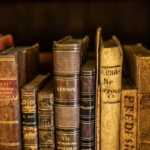


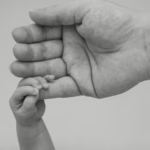


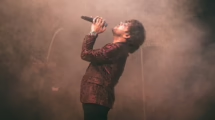
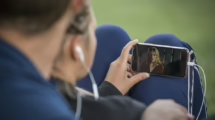

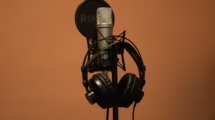
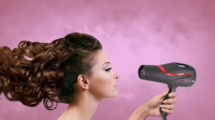
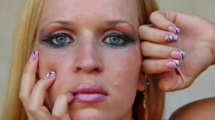
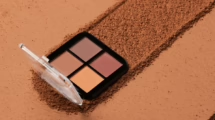
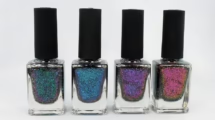
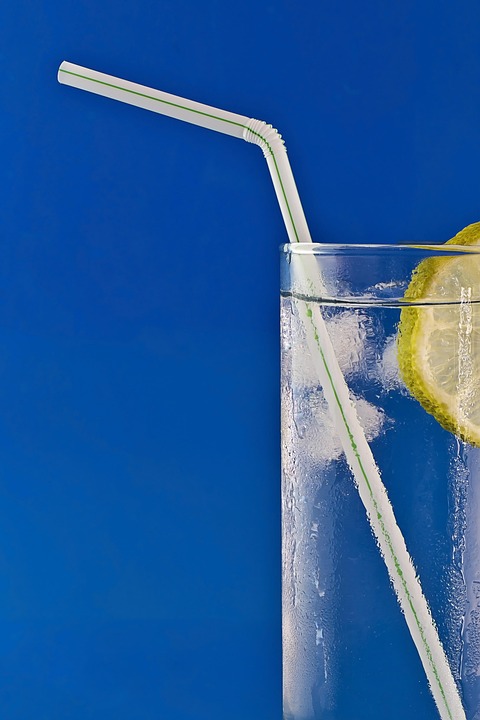
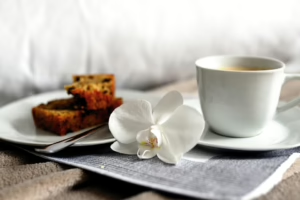
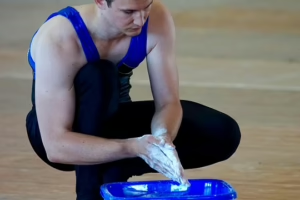
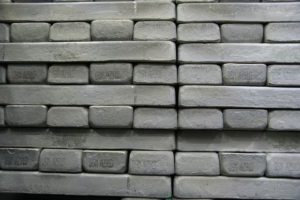
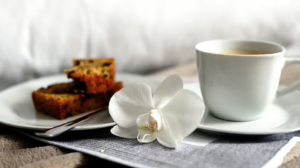
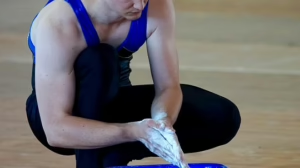





Add Comment